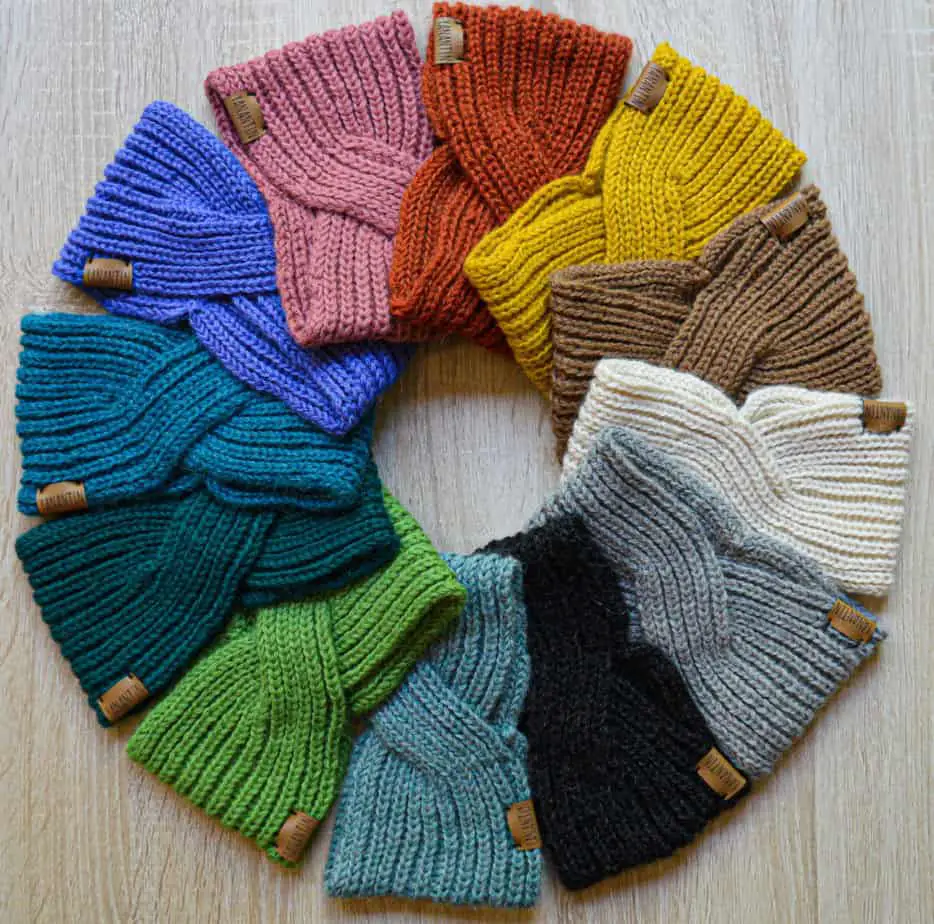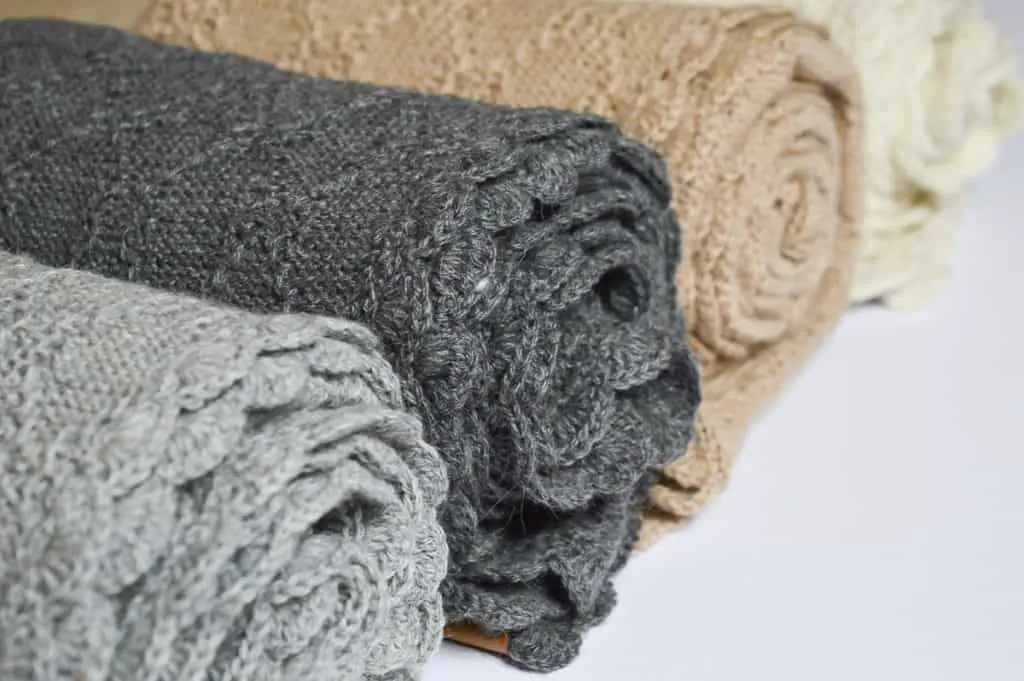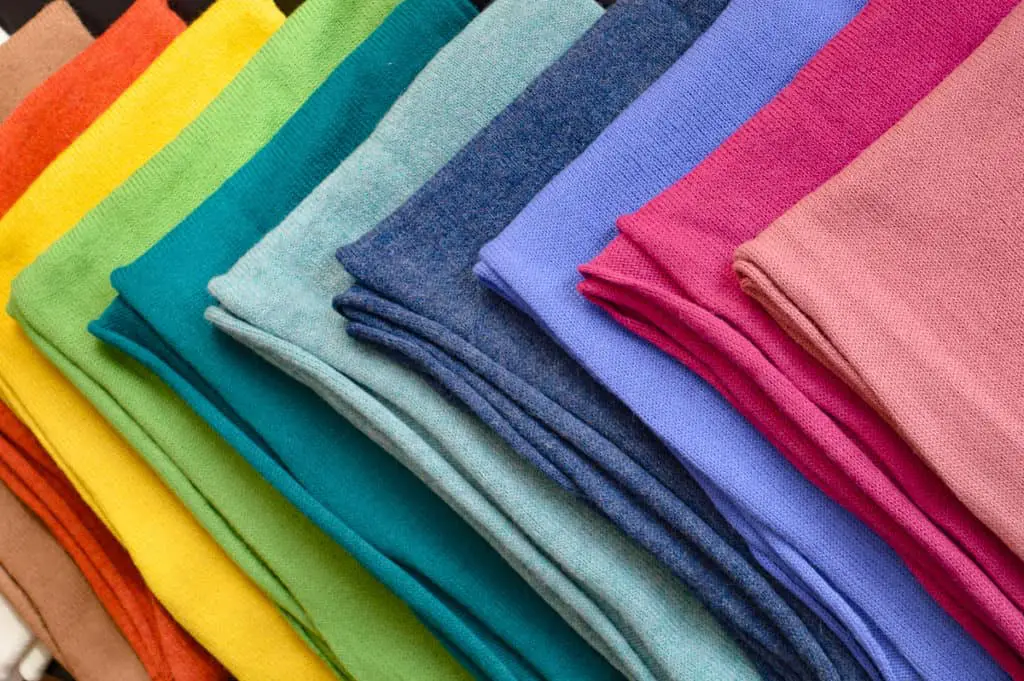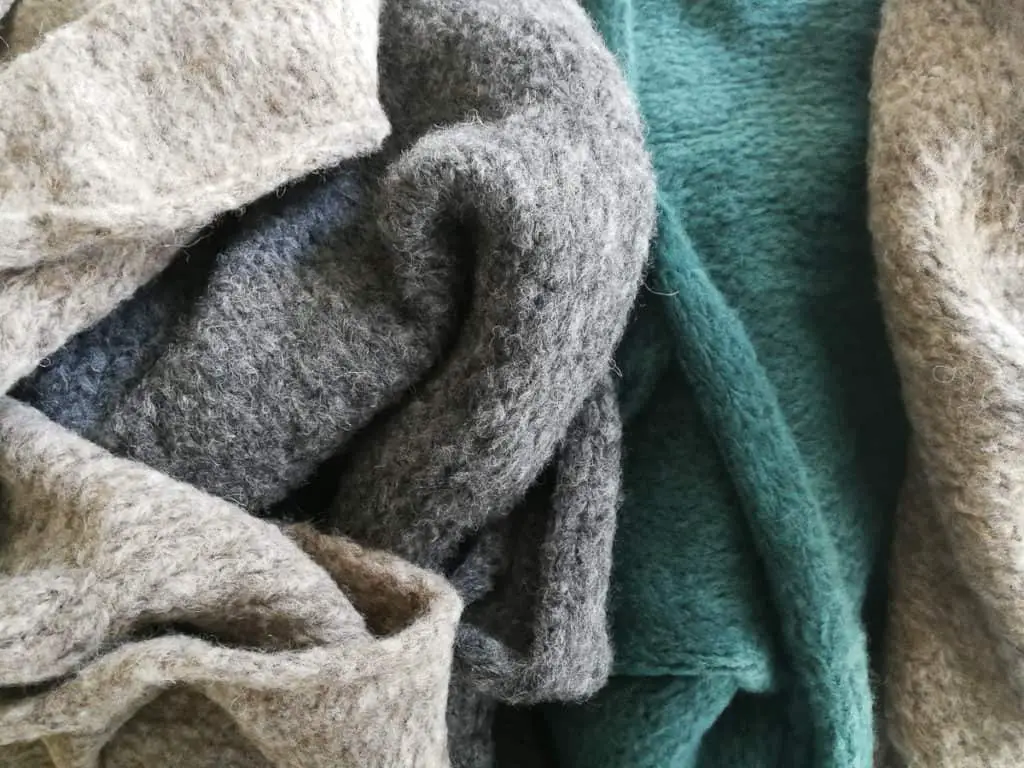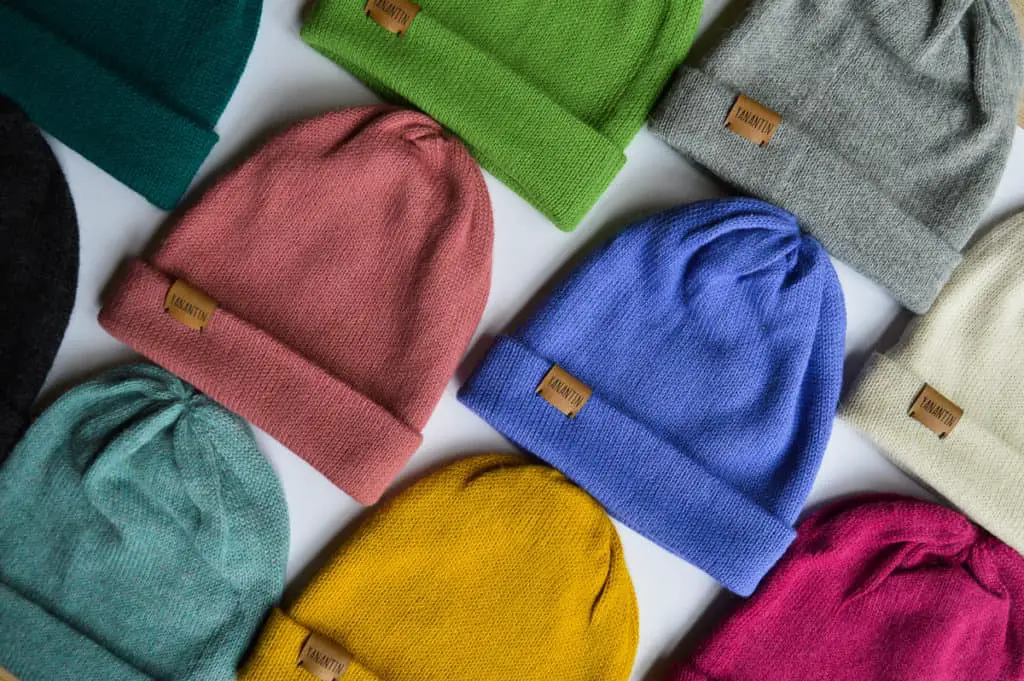If you’re like me and you’re into sustainable, slow fashion, you probably want to invest your money in clothes that don’t end up adding to the mountains of waste in landfills. One way to do that is by buying biodegradable fabrics. So, you’re probably wondering: is alpaca wool biodegradable?
buy stromectol online Untreated alpaca wool is 100% biodegradable, which means that alpaca woolen products are able to decompose naturally. However, alpaca woolen garments are generally washed and dyed before being turned into garments. Depending on the detergent and finishes that are used, it may http://pulsobeat.com/los-14-youtubazos…-llega-el-scratch-video-a-latinoamerica/ not be biodegradable.
Did you know that textile waste in the United States has doubled from 7 to 14 million tons?! That it can take 200 years for textiles to decompose in landfills? Fast fashion is designed to come and go, but the materials that are used are bound to last forever!
Luckily, alpaca woolen products can provide a biodegradable solution.
What Does it Mean When Something Is Biodegradable?
When something is biodegradable, it means that when it is thrown away, nature can break it down and disintegrate it without harming or damaging the environment, in a short period of time, generally less than a year.
bi·o·de·grad·a·ble
/ˌbīōdəˈɡrādəb(ə)l/
adjective(of a substance or object) capable of being decomposed by bacteria or other living organisms.
Source: Oxford Languages on Google
“consumers have forced a shift to more biodegradable products”
In the process, biodegradable fabrics don’t release any damaging components into the environment. In fact, in a perfect world, the material returns nutrients to the environment and feeds the soil it is decomposed on.
How Long Does it Take to Decompose Alpaca Wool?
Untreated alpaca woolen products take anywhere between one to five years to decompose naturally, which is similar to other wool fibers. Finishes, texture, dyes and different blends can slow down the process, however.
Alpaca wool is similar to wool and is naturally biodegradable when it has not been treated with chemical dyes, finished and detergents. Not only do those chemicals damage the environment when they are returned to the earth, they also slow down the process.
Many dyes, finishes and detergents are designed to protect a fiber from external damage, so they make it harder for the microbacteria to break down the fiber. Obviously, this determines how long it takes for the fibers to decompose (although, this isn’t significant, according to the IWTO).
Does Alpaca Wool Biodegrade Faster than Other Fibers?
Linen, hemp, and cotton decompose much quicker than wool, while silk takes more time. Alpaca wool takes a similar time to decompose as other wool fibers, but there are benefits to alpaca wool that make it “more” biodegradable.
| Fiber/fabric | Time to decompose* |
|---|---|
| Linen | 2 weeks |
| Hemp | 2 weeks |
| Cotton | 5 months |
| Alpaca wool | 1 year |
| Wool | 1 year |
| Bamboo | 1 year |
| Silk | 4 years |
| Polyester | 20-200 years |
| Nylon | 30-40 years |
Not all alpaca woolen fibers are treated with dyes and finishes to begin with. Alpaca wool contains very little lanolin, and it therefore does not require harsh chemicals when it is washed before it can be processed.
This is a major difference between alpaca wool and other types of wool and adds to the biodegradability of alpaca woolen products.
Another benefit of alpaca wool is that it comes in 22 natural colors, which means there is an incredibly wide range of colors available that don’t require the garment to be dyed (chemically). This adds to the degree of biodegradability of alpaca wool.
Alpaca wool has natural features that protect the core of the fiber from stains, smells, water, wind and wrinkles, which means that it does not require a chemical finish to add that feature to an alpaca woolen garment.
This is a huge benefit as many of those finishes are very chemical (even Patagonia admits that they don’t have a perfect eco-friendly alternative available – yet!).
Alpaca wool contains keratin, which, when it is broken down, releases nitrogen. When released into the environment, it can be a high quality, nutrient-dent fertilizer. Plants need nitrogen to grow and be healthy plants. Biodegradable materials help maintain a complete circle of life.
- Check out this full list of biodegradable materials that I wrote about in another article: X Fabrics that Are Biodegradable.
Is All Alpaca Wool Biodegradable?
Despite the fact that alpaca wool does not require much chemical treatment, it is no guarantee that all alpaca woolen products are 100% biodegradable. Depending on the brand, they may or may not have decided to use chemical finishes that may or may not harm the environment.
As you can probably imagine, there are no pink or yellow alpacas, so whenever you buy an alpaca woolen garment that has a bright color, you can assume it has been dyed.
Similarly, most machine millery used for producing wool requires a very clean fiber with not a single trace of grease or vegetable matter, and again, most alpaca wool will therefore be scoured (with effective detergents.
If you’re looking for a 100% biodegradable product, there’s a few things you can look for:
- Undyed alpaca wool / natural colors (please note, not all natural colors are actually undyed!)
- Small farms (no large-scale, fast production)
- Home-made / hand-knitted products (no fast-moving equipment)
- Biodegradable finishes
The wool I use for Yanantin Alpaca is biodegradable. All detergents and dyes are biodegradable and the baby blankets all have natural colors. Nope, they haven’t even been dyed!
Why Is it Important for Fabrics to Be Biodegradable?
It is important for fabrics to be biodegradable because the amount of waste is currently so big, that it seems impossible to eliminate it. Waste therefore ends up in water (oceans, rivers), in habitats of animals, in our soil and even in the air. It has catastrophic effects on the environment.
The facts don’t lie: fast fashion is a huge part of the waste problem on our planet. With fast fashion trends changing faster than ever, and materials becoming more and more synthetic, the balance is way off.
People are buying more, and wearing it for less time. The materials that are used are more and more imperishable, synthetic fibers (polyester, nylon, spandex), and less and less natural, biodegradable ones (wool, linen, cotton). The fashion industry is designed to have consumers buy more and more often.
Reducing the amount of waste is key in defeating the problem of our unsustainable fashion industry. Buying less is one major step towards the right direction. Buying biodegradable materials is another.
- For more things to look for in sustainable fabrics, check out this other article I wrote: 12 Characteristics of Sustainable Fabrics.
What Can You Do When Your Alpaca Woolen Garment Is NOT Biodegradable?
If you have an alpaca woolen garment that is not 100% biodegradable, you can rest assured that alpaca woolen products last a long time, saving you from needing to throw it out at all. Alpaca wool is also easily recyclable.
Whether it is because it uses chemical dyes or finishes, or because it is blended with another (synthetic) fiber, not all alpaca wool is 100% biodegradable.
One of the major benefits of alpaca wool is that it is extremely durable. Its fiber is strong and will not tear easily. Benefits of alpaca woolen products include that it is very resistant to rain, stains and smells, so you won’t need to wash an alpaca woolen product often – contributing to its lifespan.
- Read more about why alpaca woolen products are durable here: Is Alpaca Wool Durable?
Alpaca wool is also recyclable, so you can turn a broken garment into something else. Check out YouTube or Pinterest to get inspiration for what you can do with old woolen garments.
Here are some ideas:
- Dryer Balls:
- Felted Arts & Crafts:
- Pinterest: How to recycle your wool sweater
- 50+ Ideas to Recycle Wool: Saved By Love Creations
- Or fix a hole easily: HeartWork Organizing
When you can prevent any type of clothing from being thrown out, you save the environment from needing to break it down. Recycling is probably one of the most sustainable ways to produce materials, including for clothing.



